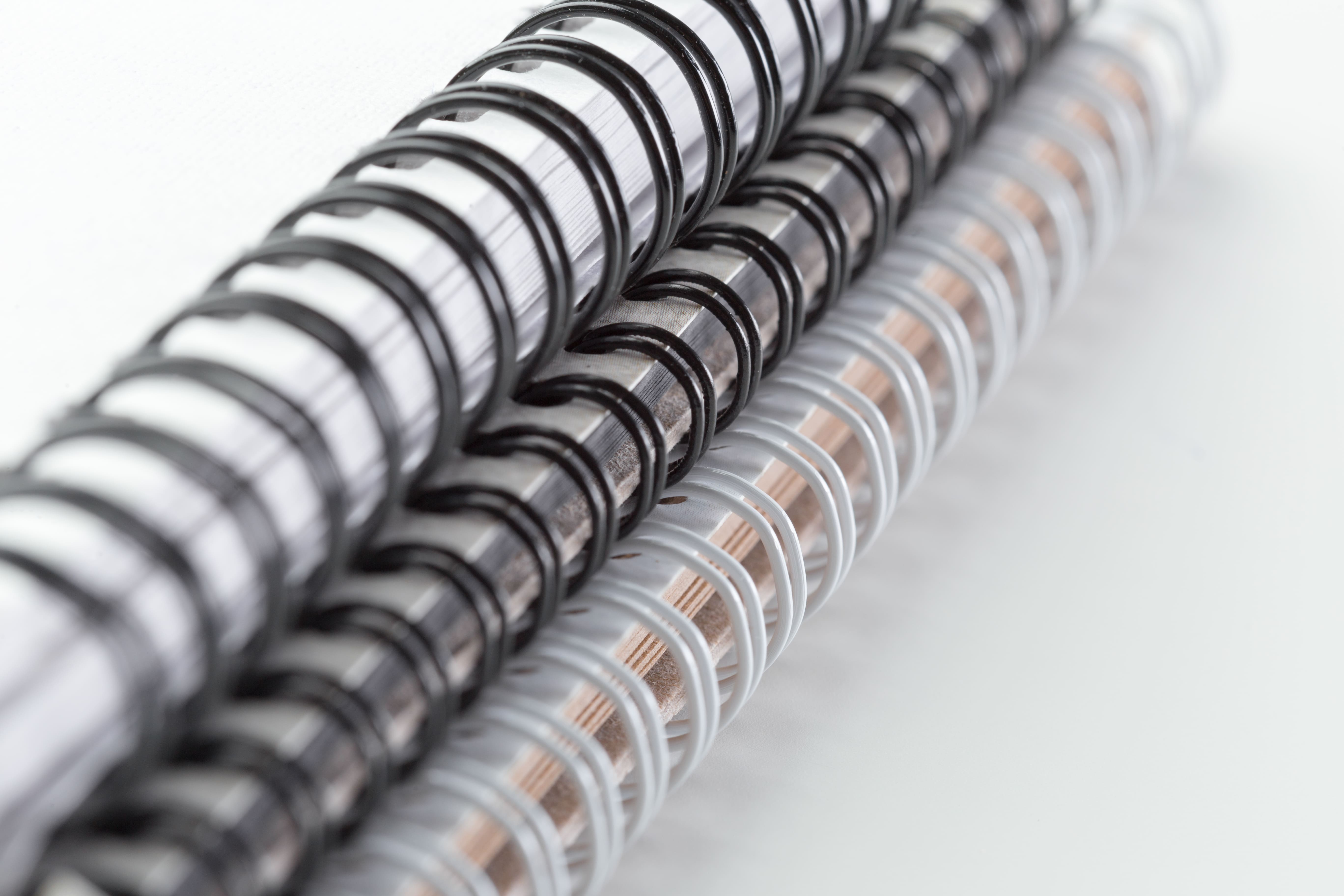Guidelines to Formatting MLA Research Papers
Are you looking to write a paper in MLA format? This MLA format guide will highlight the structure, style, and sections of an MLA paper, helping you score well in your essay.
What is MLA Style Format?
MLA is a popular referencing style that the Modern Language Association introduced. This style is purposed for literature and language students and helps ensure easy reading among professionals in the field.
Currently, the MLA style is in its ninth edition, introduced in the MLA handbook on April 2021.
How to Format an MLA Paper
Like other referencing methods, MLA follows font style, font, and spacing rules. When using the MLA paper format:
- Use a standard 8.5×11-inch paper.
- Double-space your work and use a 12-font style that is visible. Your font should have a clear difference between bold and italic. Some of the preferred fonts are times new roman and Calibri.
- Leave a 1-inch margin on all sides of the page.
- Indent every new paragraph.
- Include endnotes on a different page and insert them before the works cited.
- Unlike APA, there is no title page in MLA papers (this may vary depending on your tutor’s instructions).
MLA paper format
Heading and title page
The heading and title page occupy the first page of an MLA paper. The header should begin an inch from the top and be aligned to the left. This section should include:
- Your name
- The instructor’s name
- The unit title
- Your registration number
- The due date
Like other parts of the paper, the header should be double spaced. Next, write the title of your work and align it to the center. It is critical to note that the title should not be emboldened or italicized.
The Running Head and Page Numbers
Unlike APA, the running head in MLA comprises your last name and the page number. The running head is placed on the header, with half-an-inch spacing to the top and an inch spacing to the right of the margin.
It would help to write your last name before the page number with a single space separating them. Do not add abbreviations such as pg between the name and the page number.
The running head and page number are added from the second page onwards in most instances. However, if your instructor says otherwise, you may add the running head and page number from your first page.
Body
The MLA paper format does not specify the rules for the body of your work. However, ensure that your paper is divided into an introduction, a discussion, and a conclusion.
It would be best if you chunked your work into paragraphs to make it easy for your readers. Also, consider indenting the first sentence in each paragraph.
You may also chunk your work into sections to make it easy for a reader to follow through. These sections may be themes that you are covering within your review for literature reviews.
Although rules do not guide the body, your tutor may provide guidelines for formatting your content body.
Works Cited List
This is the last section in an MLA paper. Like the reference list in APA, this section covers all the sources used and cited in the paper. However, MLA references are more detailed as they include:
- The author’s name
- The title of the source
- Other contributors
- Version
- The publisher
- The publication date
- The location
The reference in the works cited list should appear as:
Last name of author, first name. “title of the book.” Names of other contributors. Version. Volume number, name of publisher, date of publication, location.
The intext citation is written as:
Last name of the author, page number
e.g. Kenton approached ancient art analysis as per various political reforms (Hendrick 265).
Final Take
If you are looking to prepare your thesis, this MLA formatting guide should help structure your paper. Feel free to consult us for an MLA paper format example to guide you on your report.

Leave a Reply